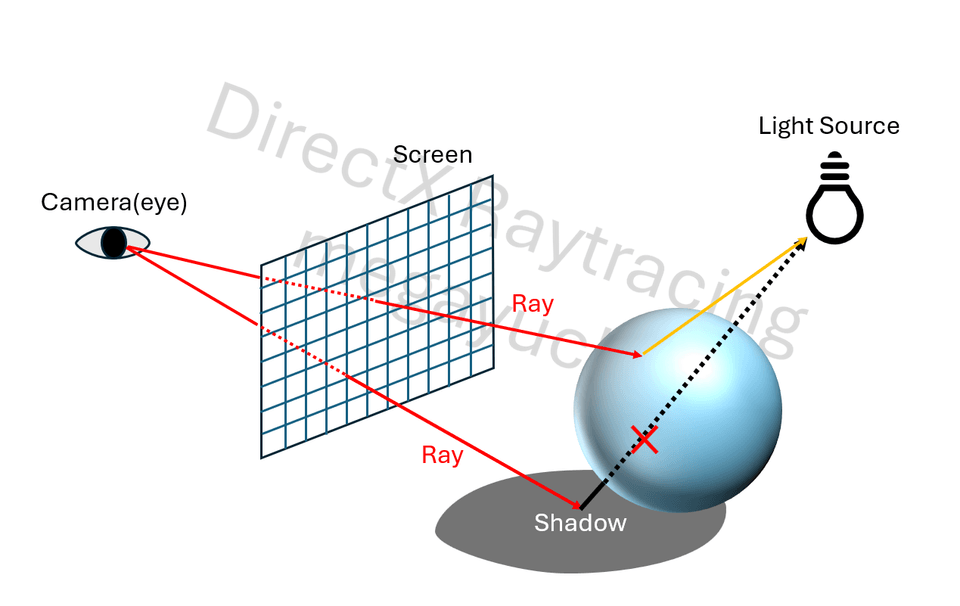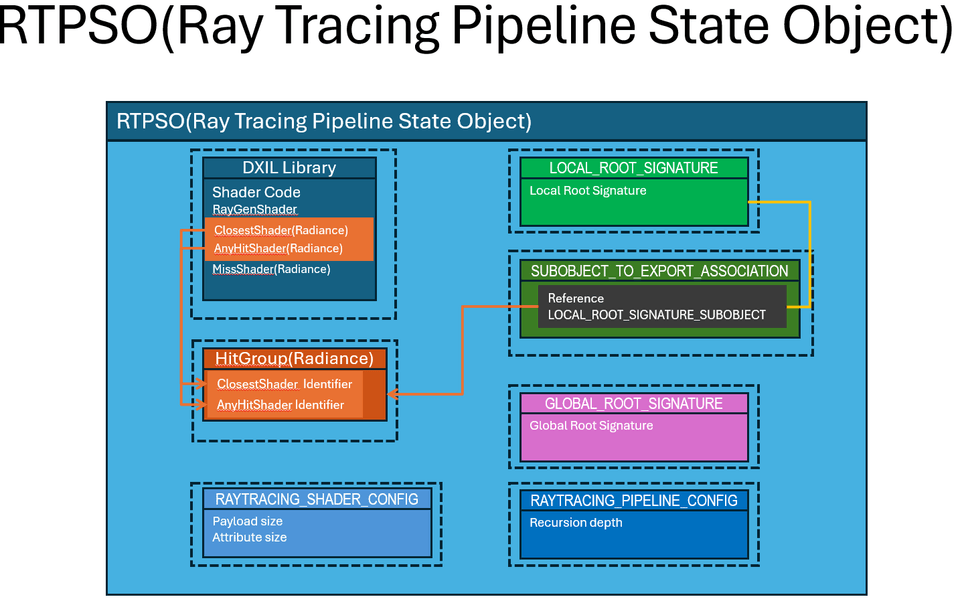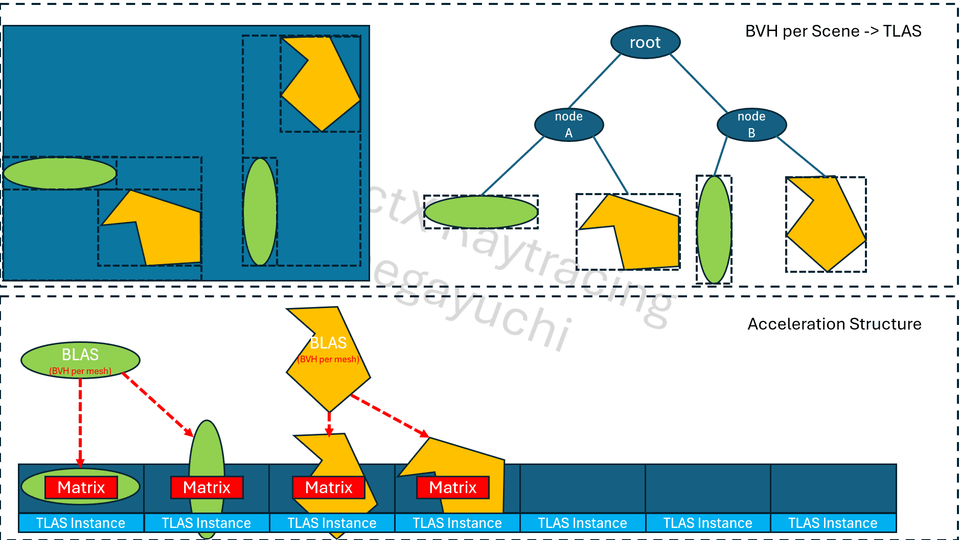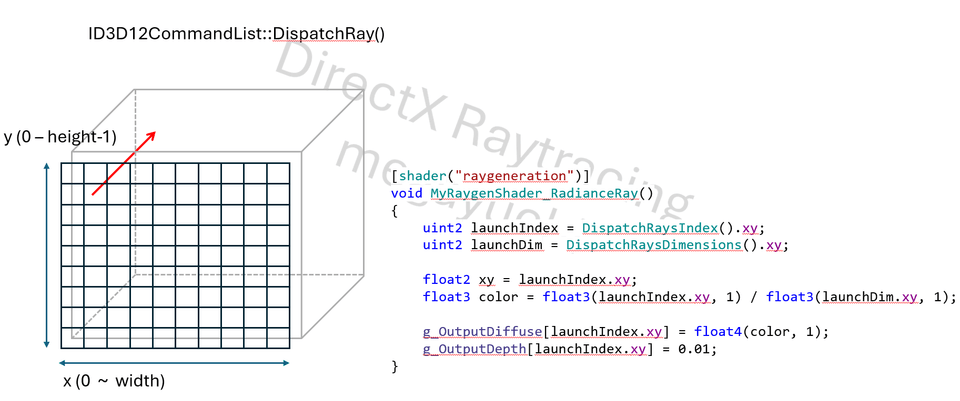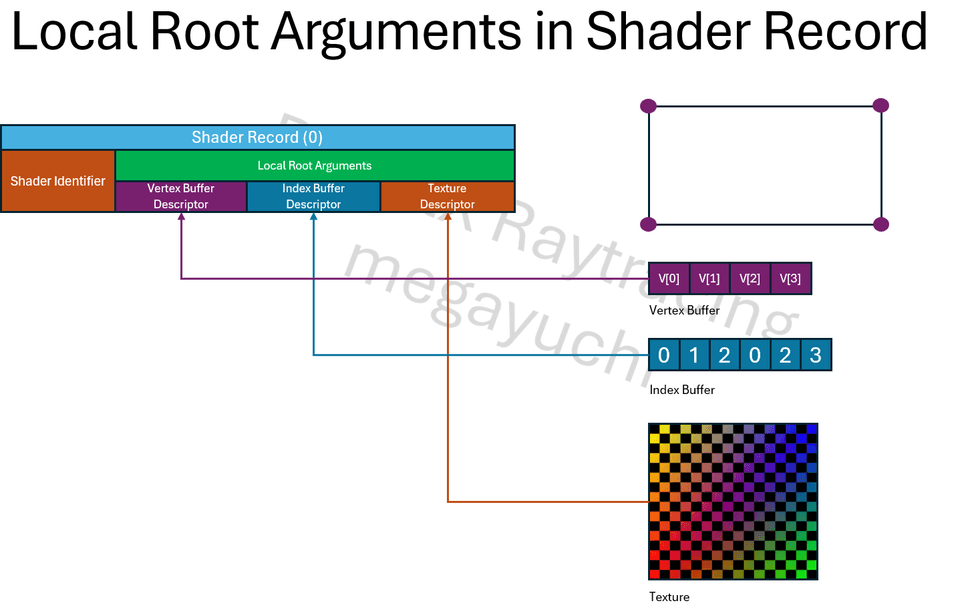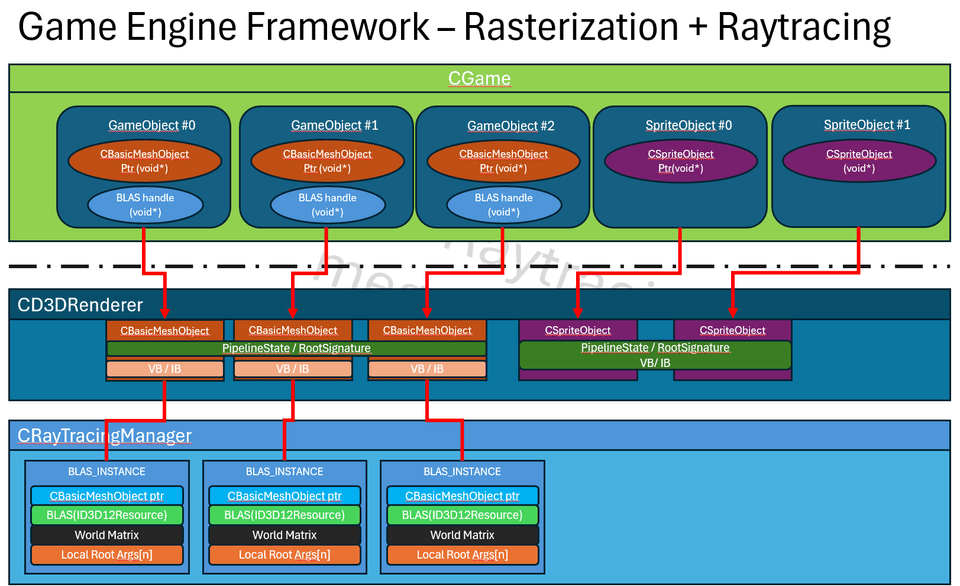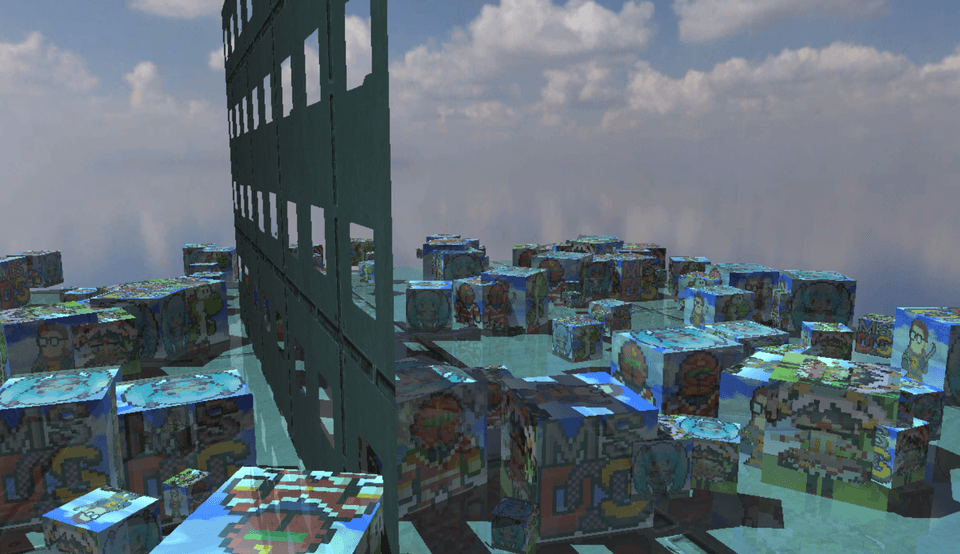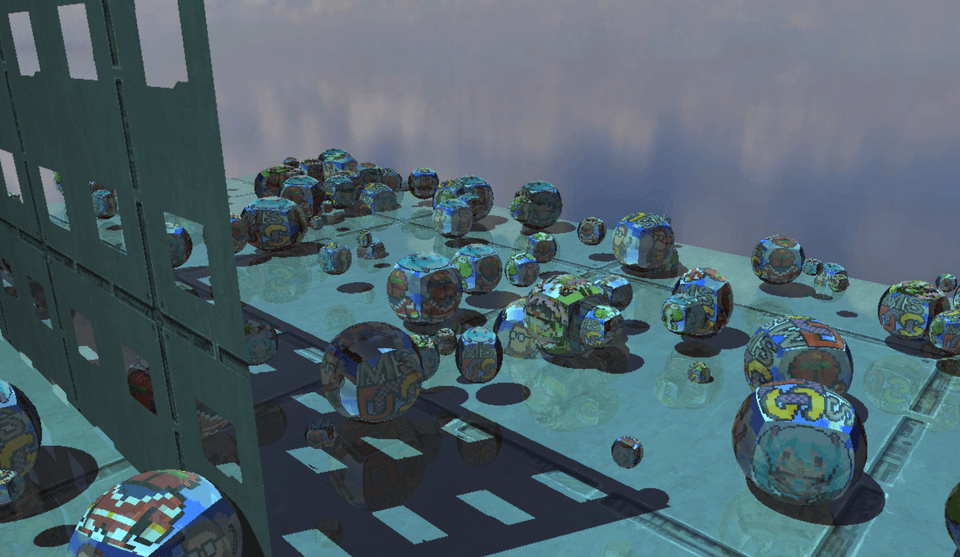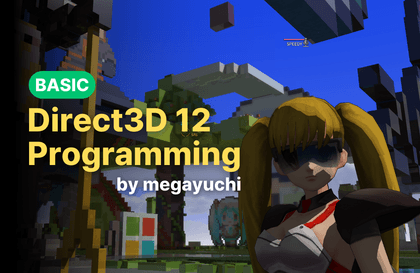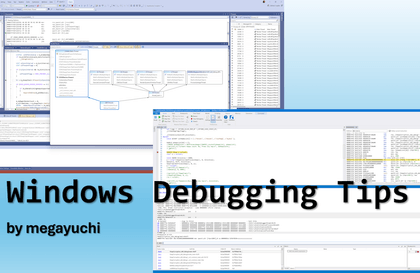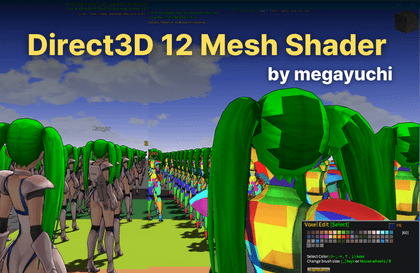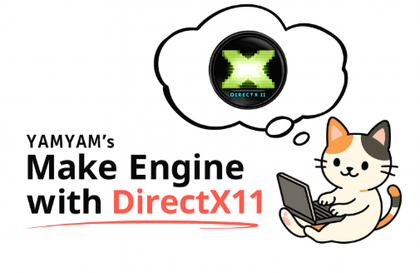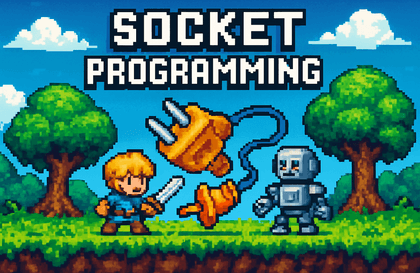
온라인 게임 개발을 위한 socket 프로그래밍
megayuchi
이 강의는 온라인 게임 개발에 필요한 TCP/IP 네트워크 프로그래밍의 핵심을 실무 중심으로 다룹니다. 소켓의 기본 원리부터 클라이언트·서버 구조 설계, 직접 만든 네트워크 라이브러리를 이용한 게임 프레임워크 구현까지 단계적으로 학습합니다. 다루는 내용: 네트워크 기본 개념과 TCP/IP 동작 방식 Socket API를 이용한 TCP 프로그래밍 패킷 프로토콜 설계 및 전송 구조 구현 클라이언트/서버 기반 게임 프레임워크 개발 실제 온라인 게임 개발에 필요한 최적화 및 실무 팁 유의사항: Windows에서 Visual Studio를 사용하여 강의를 진행합니다. 표준적인 bsd socket API를 사용하지만 unix계열이 OS와 약간의 차이가 있습니다. IOCP와 Overlapped I/O는 다루지 않습니다.
Intermediate
winsock, game-programming, bsd-sockets






